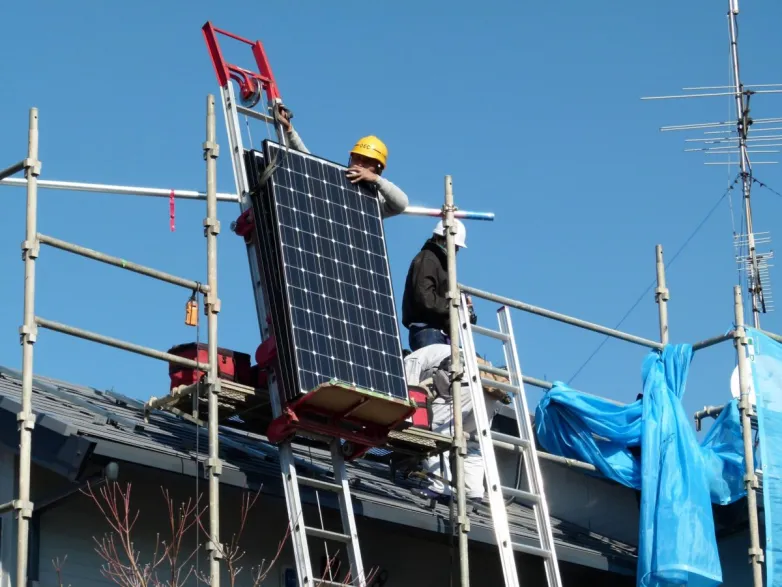Commercial rooftops will lead renewables growth in the next five years
Oct 21, 2019 05:04 PM ET
- Although the International Energy Agency’s latest renewables report forecasts impressive solar growth there is still a nagging feeling it has produced conservative estimates and the emphasis on sharing costs with grid operators is predictable.

The problem facing the International Energy Agency (IEA), a body routinely accused of underestimating the contribution to the global energy mix which could be met by renewables, is that it must also represent non-renewables stakeholders such as grid operators.
Thus, the press release issued this morning to publicize the agency’s Renewables 2019 report may laud the “breathtaking” potential of rooftop solar over the next five years also warns of the need to ensure the cost associated with integrating all that new PV into grids is shared evenly.
There will be no free ride for clean energy if the IEA has its way and the organization even offers its services to governments struggling under the weight of renewables programs which may, presumably represent a risk of being too successful in the eyes of power distribution companies.
Commercial rooftops
Renewables advocates are likely to again accuse the IEA of low-balling solar in its latest forecasts with a prediction the world’s total renewable energy generation capacity will rise 50% by 2024, to hit 1.2 TW on the back of ever cheaper system costs and policy support.
Of that figure, we are told today, solar will contribute 60% of the new capacity, almost half of it in the form of rooftop PV. Delving down even further, of that 360 GW or so of rooftop solar, around 270 GW will come from commercial and industrial installations by 2024, according to the IEA estimate.
Despite playing second fiddle in rooftop stakes, however, residential solar will be fitted on 100 million households in five years’ time, according to the report, with Australia, Belgium, the U.S. state of California, the Netherlands and Austria leading the charge on a per capita basis.
Falling costs
The IEA predicts rooftop solar costs will retreat 15-35% by 2024 as renewables contribute 30% of the global energy mix in 2024, up from 26% today. And that is the middle of the road estimate, the IEA’s “accelerated case” scenario posits more than 600 GW of cumulative rooftop solar capacity five years down the line, a development which would still encompass only 6% of the world’s solar-ready roofspace.
The agency points out its estimates fall far short of what is required to stave off catastrophic global heating and is pessimistic too of solar’s cross-sectoral potential. According to the agency, renewables will only supply 12% of heating demand in 2024 and the sector requires more ambitious targets and policy support as a result.
Similarly, renewable electricity will account for only 10% of renewables consumption in transport by the same stage and clean energy will provide less than 5% of transport fuel.
Also read


